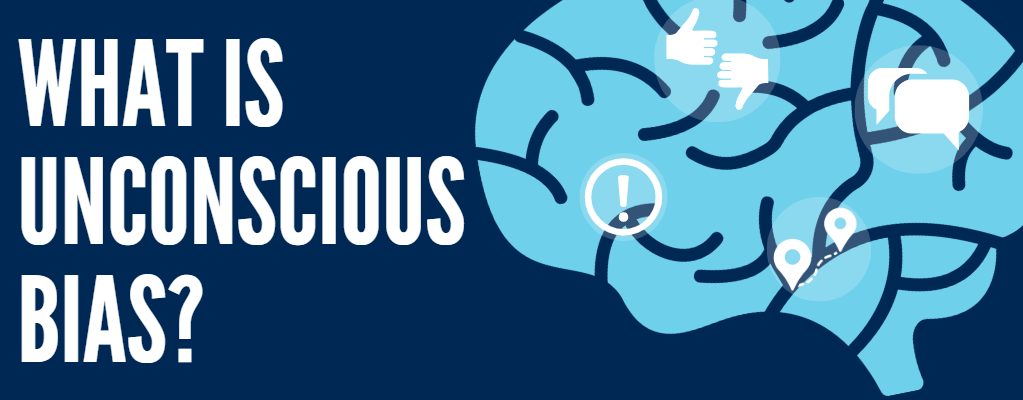
At work, we make a lot of decisions, and many of our decisions are affected by unconscious biases—subconscious beliefs that determine whether we approve or disapprove of people, things, and experiences.
Everyone has biases, and these assumptions and preferences seemingly help us simplify decision making. However, biases often reinforce stereotypes about people, exclude different perspectives, and stifle innovation.
At L&P, we strive to challenge the status quo and biases to make our workplaces better. Our Learning & Development team is helping us accomplish this by facilitating live courses on unconscious bias for our employees. These courses raise awareness about unconscious biases and discuss ways to challenge and mitigate them.
“I think it’s important to have a psychologically safe place to talk about these concepts and how they affect us in our daily lives,” says Rob Sotlar, Learning & Development Manager. “During the sessions, we explore our own biases (and we all have them). Then, we identify which of those biases require our immediate attention. Finally, we apply strategies to mitigate those biases. I truly feel that this subject gets us closer to being better colleagues, bosses, leaders, and people!”
Five Common Unconscious Biases
As we continue to spotlight safety and belonging at L&P, we’d like to share an overview of the five common unconscious biases we’re learning about and how to mitigate them:
- Similarity — When people are similar to us, we tend to favor them. At work, this could look like giving an important assignment to or promoting someone who is similar to us. To mitigate this bias, we should look for commonalities with people we don’t think are similar to us.
- Expedience — With this bias, we make decisions based on what’s immediately available to us and what confirms our assumptions. To mitigate it, we should give ourselves time to research and gather more information.
- Experience — This bias says that our individual perceptions are accurate. At work, we might avoid giving a lead role to someone who we think is quiet and reserved. To mitigate this bias, we can invite others to share their perspectives and goals.
- Distance — We tend to assign less importance to people and things that are farther away from us. To mitigate this bias, we can plan ahead to ensure that the people who aren’t physically close to us, like our colleagues who are working remotely, are included.
- Safety — We show a preference towards what we perceive to be safe, which may prevent us from taking a growth opportunity or risk. When we are facing a decision and become aware of this bias, we can imagine that we are making the decision for someone else—what advice would we give them?
